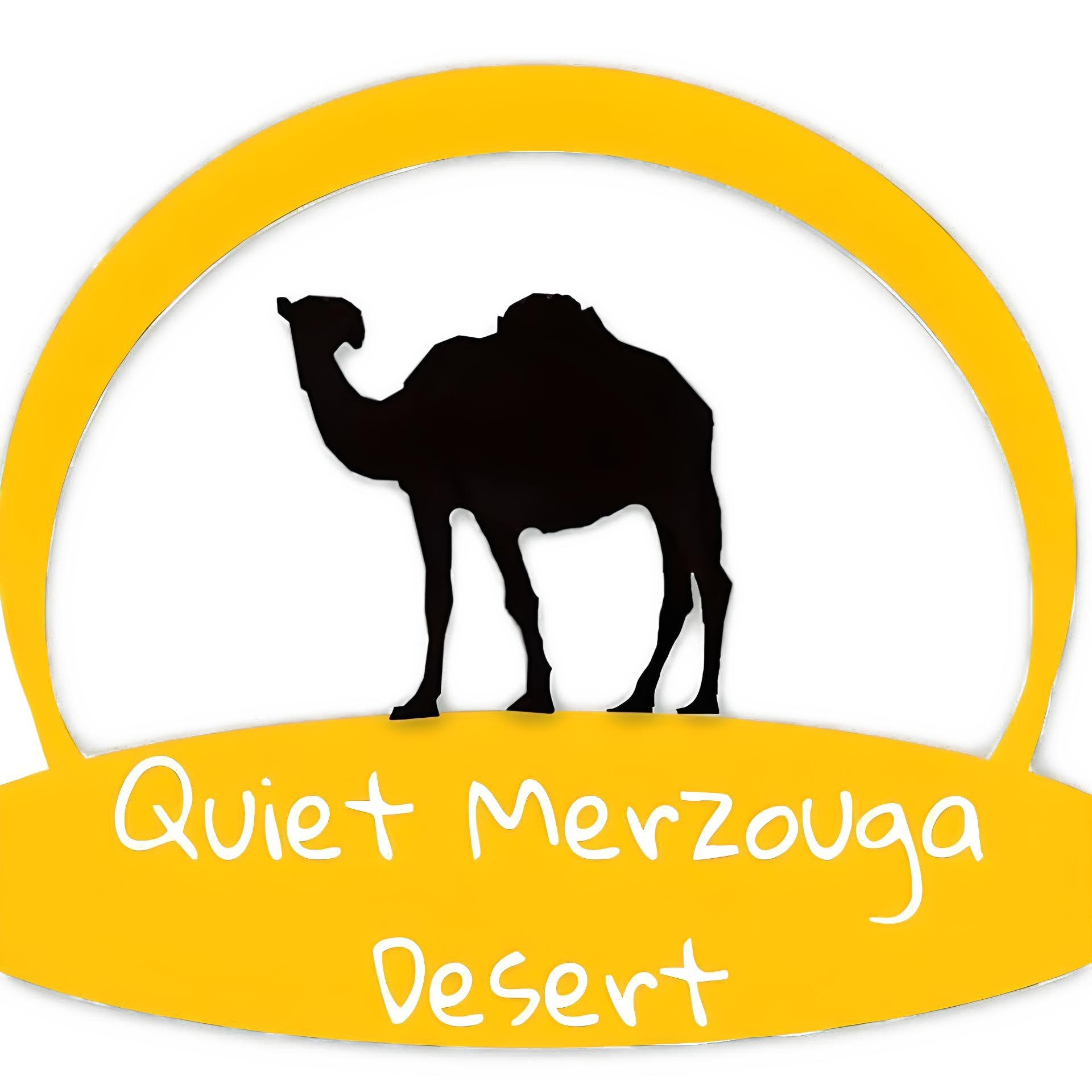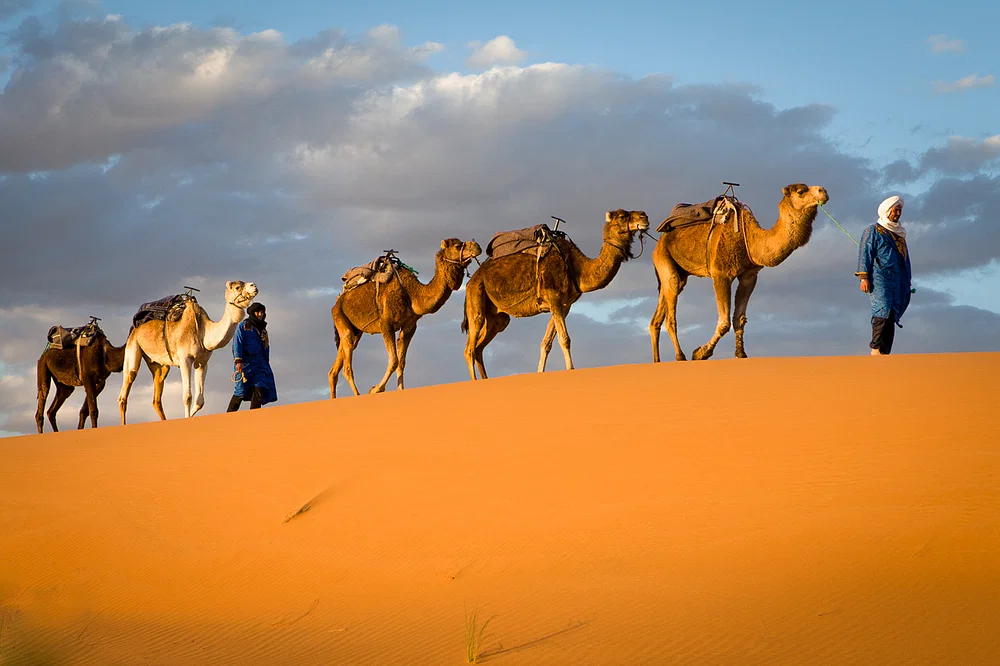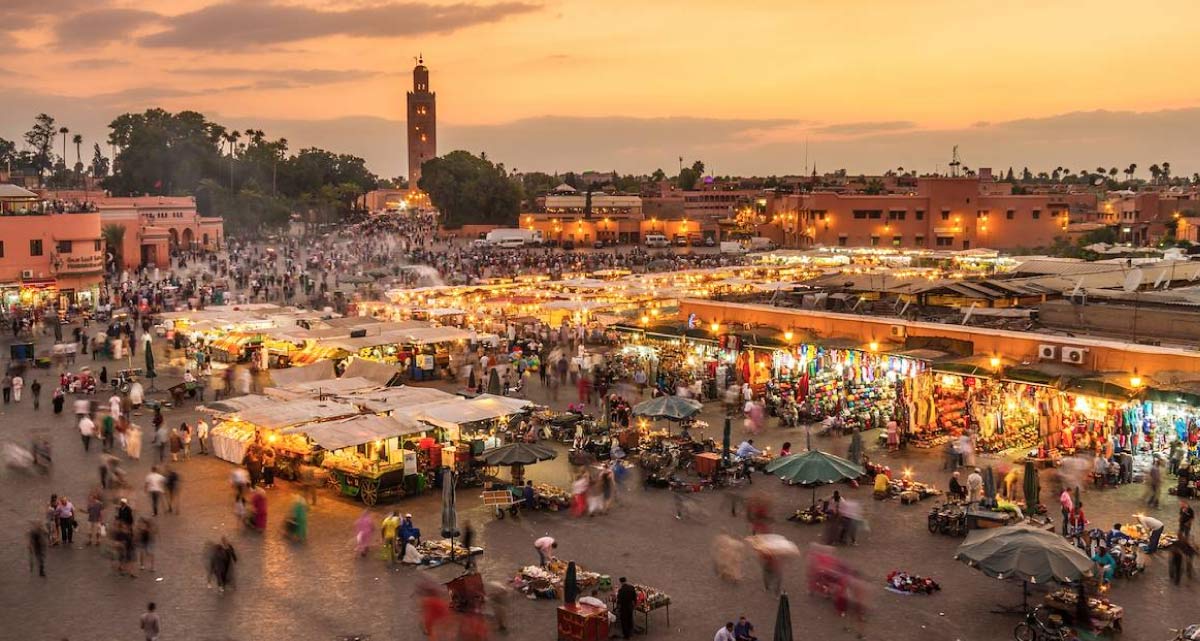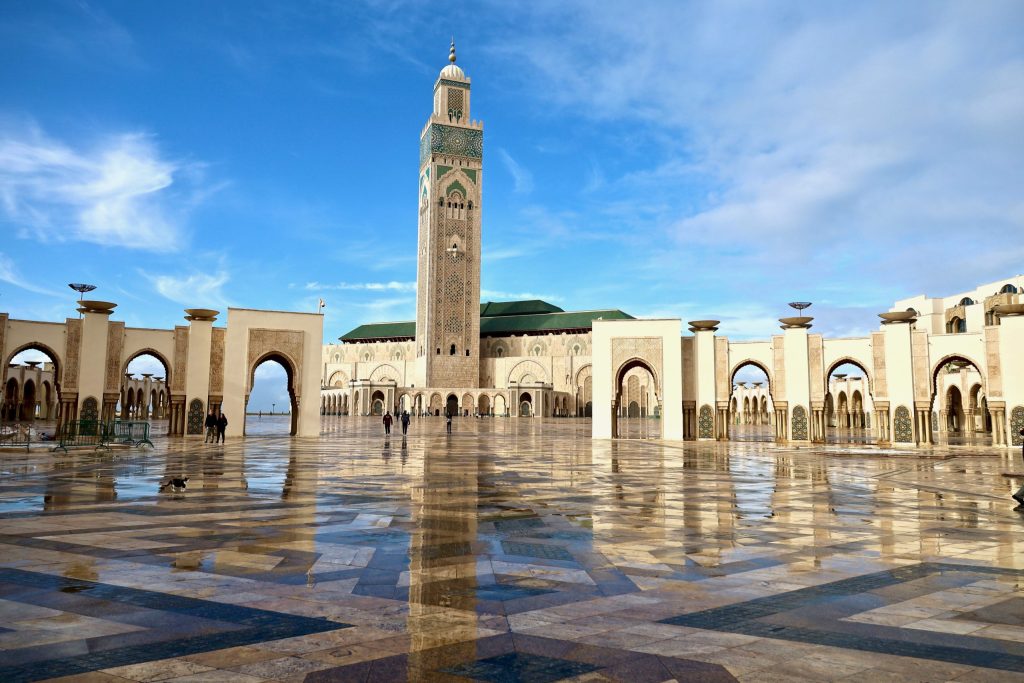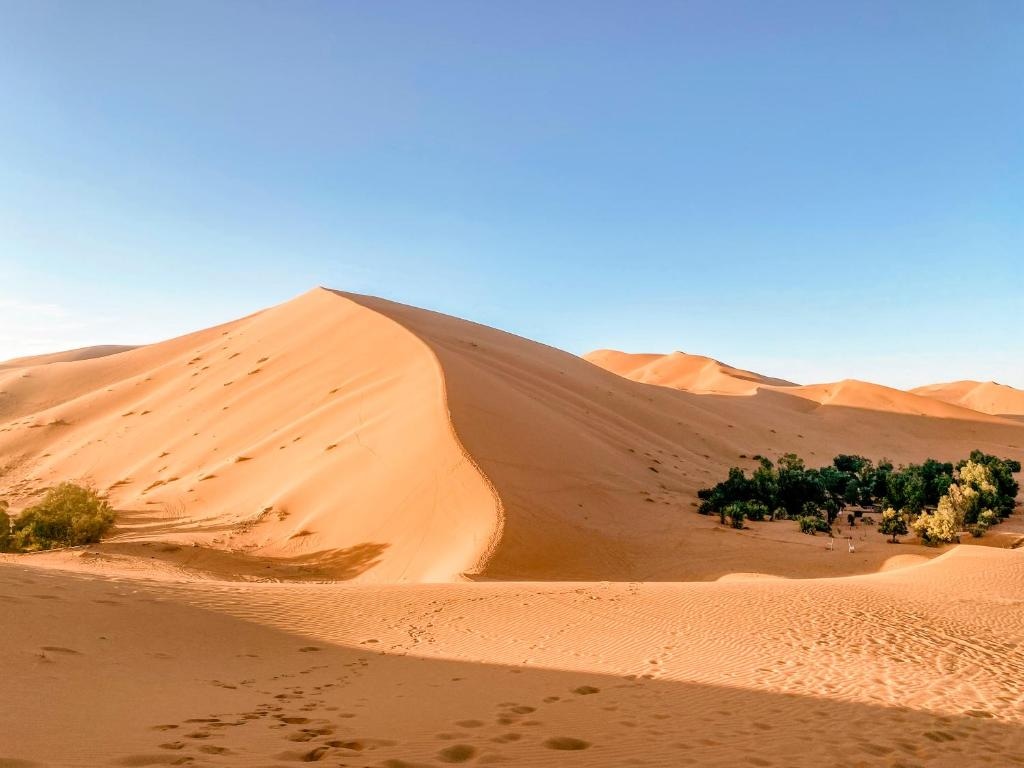Tours from Fez
Tours from Fez
Tours from Fez
Some information about Fez.
Fez or Fes (/fɛz/; Arabic: فاس, romanized: fās) is a city in northern inland Morocco and the capital of the Fez-Meknes administrative region.
It is the second largest city in Morocco, with a population of 1.11 million, according to the 2014 census.[2] Located to the northwest of the Atlas Mountains, it is surrounded by hills and the old city is centered around the Fez River (Oued Fes) flowing from west to east. Fez has been called the “Mecca of the West” and the “Athens of Africa”. It is also considered the spiritual and cultural capital of Morocco.
Founded under Idrisid rule during the 8th–9th centuries CE, Fez initially consisted of two autonomous and competing settlements. Successive waves of mainly Arab immigrants from Ifriqiya (Tunisia) and al-Andalus (Spain/Portugal) in the early 9th century gave the nascent city its Arab character. After the downfall of the Idrisid dynasty, other empires came and went until the 11th century when the Almoravid Sultan Yusuf ibn Tashfin united the two settlements into what is today’s Fes el-Bali (lit. ‘Old Fes‘) quarter, a.k.a. Medina of Fez. Under Almoravid rule, the city gained a reputation for religious scholarship and mercantile activity.
Fez reached its zenith in the Marinid era (13th–15th centuries), regaining its status as political capital. Numerous new madrasas and mosques were constructed, many of which survive today, while other structures were restored. These buildings are counted among the hallmarks of Moorish and Moroccan architectural styles. In 1276 the Marinid sultan Abu Yusuf Yaqub also founded the royal administrative district of Fes Jdid (lit. ‘New Fez‘), where the Royal Palace (Dar al-Makhzen) is still located today, to which extensive gardens were later added. During this period the Jewish population of the city grew and the Mellah (Jewish quarter) was formed on the south side of this new district.
After the overthrow of the Marinid dynasty, the growth of Fez stalled and the city subsequently competed with Marrakesh for political and cultural influence.
It became the capital again under the ‘Alawi dynasty up until 1912.
The city consists of two old medina quarters, Fes el-Bali and Fes Jdid, and the much larger modern urban Ville Nouvelle area founded during the French colonial era.
The Medina of Fez is listed as a World Heritage Site and is one of the world’s largest and oldest urban pedestrian zones (car-free areas). It contains the University of al-Qarawiyyin which was founded in 857 and is the oldest continuously functioning institute of higher education in the world.
It also contains the Chouara Tannery from the 11th century, one of the oldest tanneries in the world.
